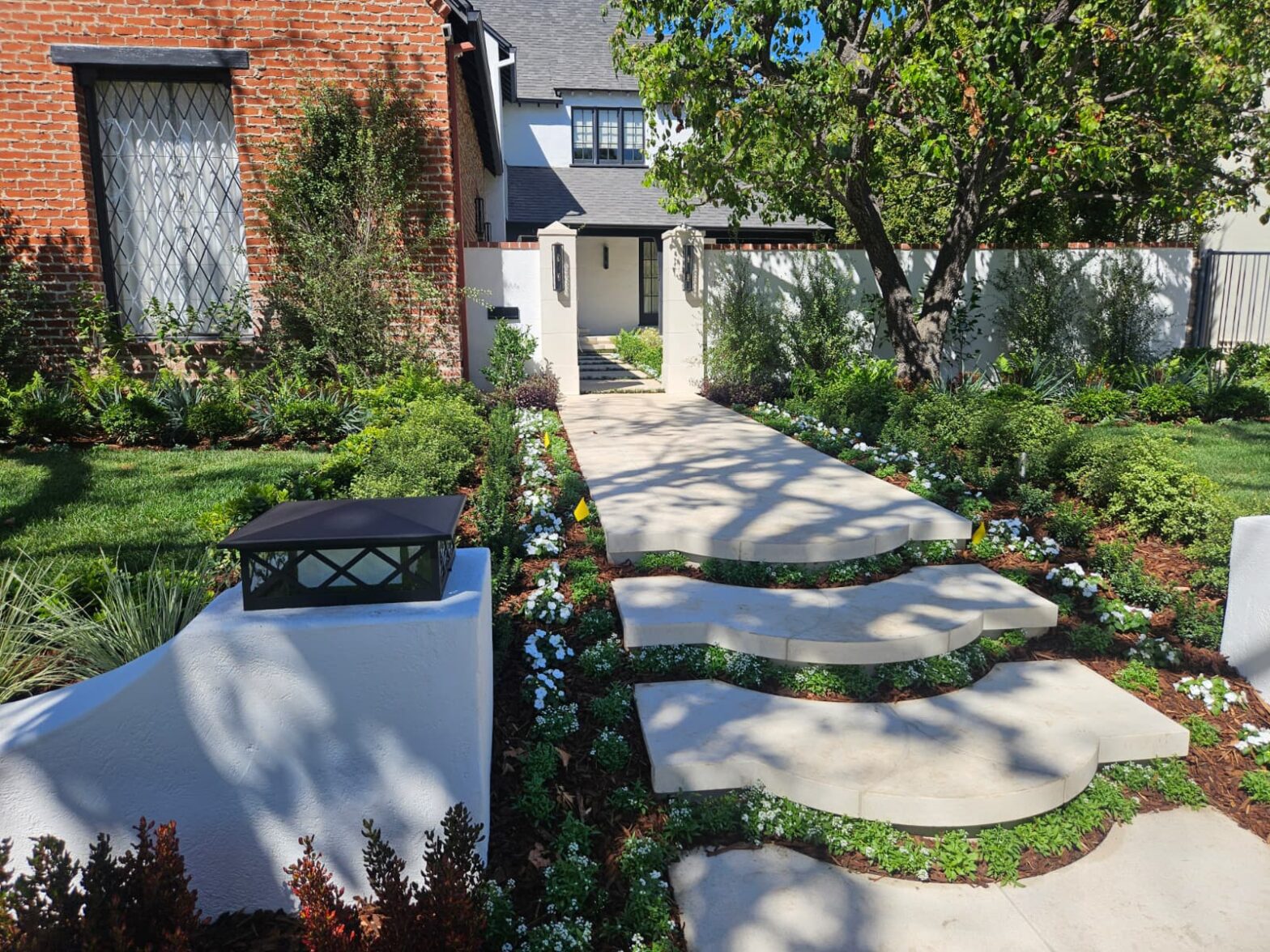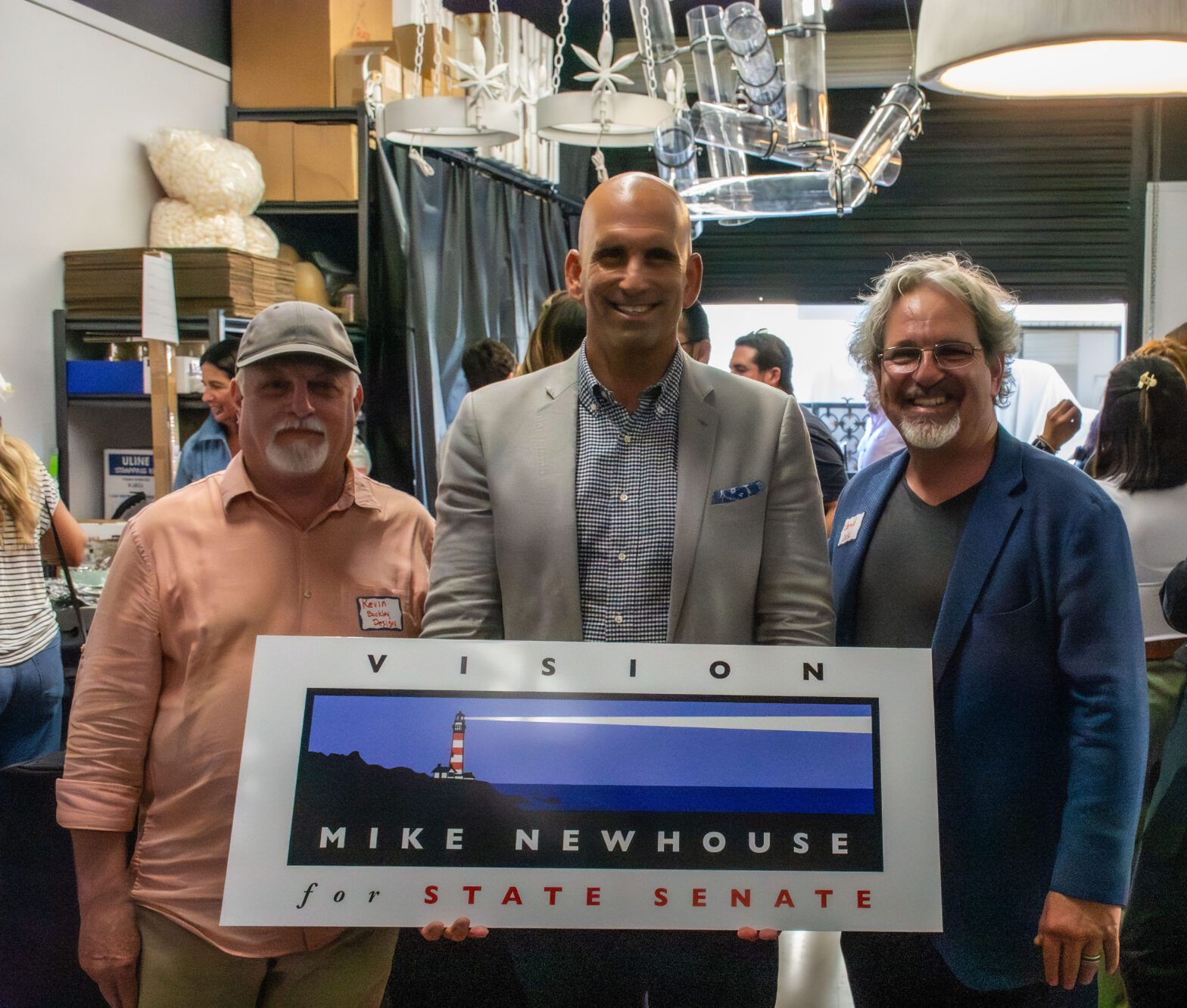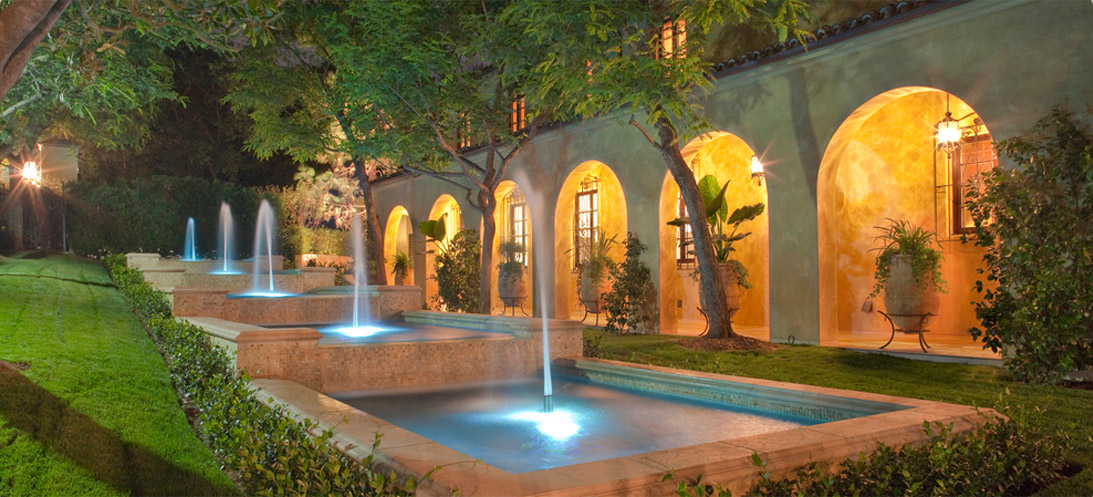
To hear someone mention Route 66, your mind automatically goes to a place that starts in Chicago, Illinois, then goes through Missouri, Kansas, Oklahoma, Texas, New Mexico and Arizona before it ends at the corner of Olympic and Lincoln boulevards in Santa Monica, California.
Route 66 exemplifies Americana at its best, and an era that was somewhere in time. Route 66 covers a total of 2,448 miles in its entirety. Beginning in 1916, the legislation for a public highway started named the Federal Highway Act. Revisions began in 1921 and continued until 1925, when the government created a plan for a national highway to be constructed.
From 1933 to 1938, thousands of unemployed young males from surrounding states were put to work as laborers on road gangs to pave the final stretches of land that needed to be the extended highway. Route 66 helped us mobilize our manpower.
As time went on, urban culture began to lay down its foundation that would contribute to the mystery and romance of this historical highway. Gas stations, cafes, and small general type stores popped up, providing an attentive audience for the popular highway.
By the end of the war, roadway travel along Route 66 was at its heyday. The roadside architecture represented the region that happened to be in that particular section of the highway. The material used to build the food stands, gas stations and motels included brick, wood, and stucco; many used canopies to cover the seating areas. This all added to the character of the different sections.
As time went on, Route 66 underwent many improvements and realignments to extend its usefulness and appeal. Then in 1985, Route 66 was officially removed from the United States Highway System. However, some states have adopted significant sections of the former highway into their state road networks. These sections are called Historic Route 66 and are alternate routes, but maintain much of that allure.
Today you can still see the cocoons of what’s left of roadside motels, gas stations, and tourist-type attractions. If you truly believe, you might see a 1962 Corvette Convertible drive by and disappear into the romance of Route 66.
To hear someone mention Route 66, your mind automatically goes to a place that starts in Chicago, Illinois, then goes through Missouri, Kansas, Oklahoma, Texas, New Mexico and Arizona before it ends at the corner of Olympic and Lincoln boulevards in Santa Monica, California.
Route 66 exemplifies Americana at its best, and an era that was somewhere in time. Route 66 covers a total of 2,448 miles in its entirety. Beginning in 1916, the legislation for a public highway started named the Federal Highway Act. Revisions began in 1921 and continued until 1925, when the government created a plan for a national highway to be constructed.
From 1933 to 1938, thousands of unemployed young males from surrounding states were put to work as laborers on road gangs to pave the final stretches of land that needed to be the extended highway. Route 66 helped us mobilize our manpower.
As time went on, urban culture began to lay down its foundation that would contribute to the mystery and romance of this historical highway. Gas stations, cafes, and small general type stores popped up, providing an attentive audience for the popular highway.
By the end of the war, roadway travel along the romantic highway was at its heyday. The roadside architecture represented the region that happened to be in that particular section of the highway. The material used to build the food stands, gas stations and motels included brick, wood, and stucco; many used canopies to cover the seating areas. This all added to the character of the different sections.
As time went on, the iconic roadway underwent many improvements and realignments to extend its usefulness and appeal. Then in 1985, it was officially removed from the United States Highway System. However, some states have adopted significant sections of the former highway into their state road networks. These sections are called Historic Route 66 and are alternate routes, but maintain much of that allure.
Today you can still see the cocoons of what’s left of roadside motels, gas stations, and tourist-type attractions. If you truly believe, you might see a 1962 Corvette Convertible drive by and disappear into the romance of Route 66.












